Scotland is a country of dramatic contrasts from bustling cities steeped in history to far‑flung islands where Gaelic is still spoken. As a local tour company based in Inverness, we’ve had the privilege of guiding travellers through both the famous sights and the hidden corners of our homeland. In this guide, we share over 20 of the best places to visit in Scotland, along with insider tips, historical context and personal anecdotes.
Jump to Section
Why Trust Our Guide
Our team has spent decades exploring every corner of Scotland. We have climbed the tallest peaks, camped under the stars on remote islands and stood in the trenches of Culloden Moor. Your lead guide Emma Taylor is a born and bred Highlander whose anecdotes and local knowledge make every trip special. This guide blends that lived experience with well‑researched facts backed by reliable sources, and where appropriate, we’ve cited them.
Scottish Culture and Traditions You’ll Experience
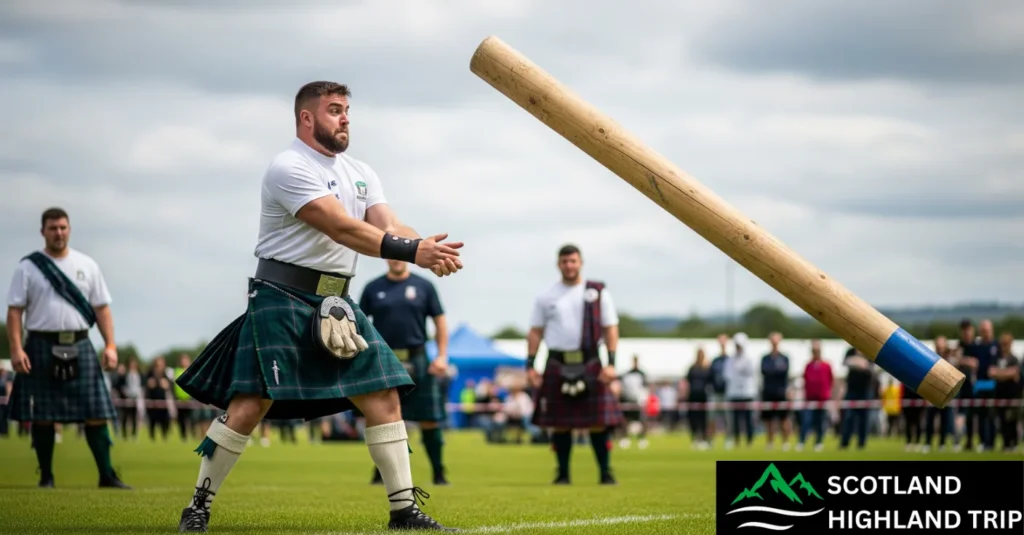
Beyond castles and landscapes, Scotland’s identity lives in its traditions. You’ll hear bagpipes on city streets, see clans competing in Highland Games, and maybe find yourself pulled into a ceilidh dance where locals happily teach you the steps. Burns Night brings poetry, haggis and whisky every January, while Gaelic songs and storytelling still echo across the islands. These customs aren’t just shows for visitors, they are part of everyday life and worth seeking out on your journey.
Top 20 Best Places to Visit in Scotland
1. Edinburgh: Scotland’s Capital on Ancient Volcanoes
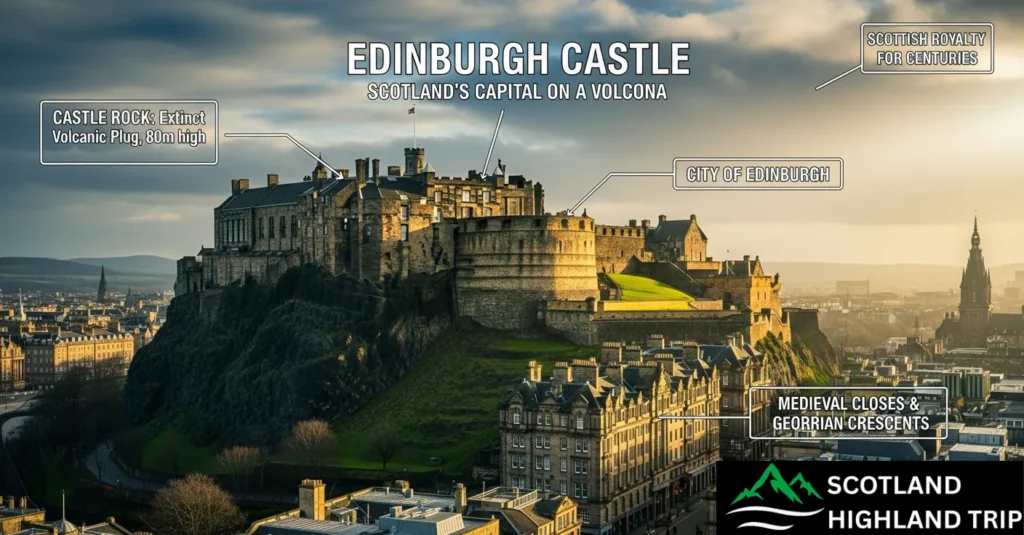
No trip to Scotland would be complete without strolling the streets of Edinburgh, a city where medieval closes and Georgian crescents coexist. The skyline is dominated by Edinburgh Castle, which sits atop an extinct volcanic plug called Castle Rock. The volcanic rock creates steep cliffs on three sides, rising up to 80 m above the surrounding landscape, leaving only the eastern side accessible. This natural fortress helped make Edinburgh the seat of Scottish royalty for centuries.
Walk the Royal Mile from the castle down to Holyrood Palace, popping into hidden courtyards and whisky bars. For a different view, hike up Arthur’s Seat (another extinct volcano) for a panoramic view of the city and the Firth of Forth making it one of the Best Places to Visit in Scotland.
2. Stirling: The Gateway Between Highlands and Lowlands
At the gateway between the Lowlands and Highlands, Stirling commands a strategic position. Stirling Castle stands on a volcanic crag and was a favourite residence of Scottish royalty. According to Tour Guide Scotland, it remains one of Scotland’s largest and most historically significant castles; its position gave it control of the main route between the Highlands and Lowlands, earning it the nickname “Key to the Kingdom”. The castle’s Great Hall and tapestries transport you back to Renaissance Scotland.
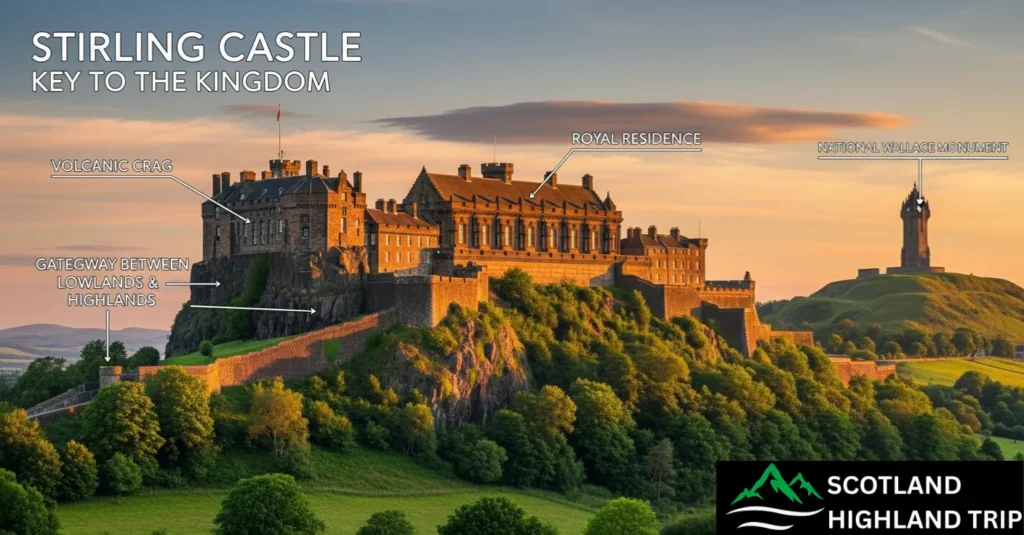
Nearby you’ll find the National Wallace Monument, a towering memorial to William Wallace, and Bannockburn, site of Robert the Bruce’s decisive victory. Stirling also makes a convenient base for day trips to the Trossachs and Loch Lomond.
3. Glasgow: Scotland’s City of Culture and Nightlife
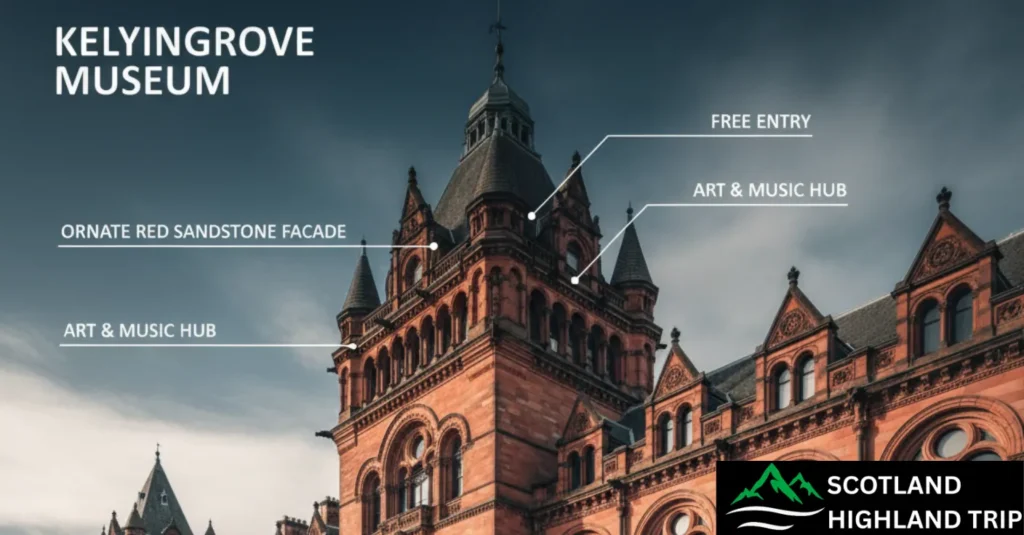
Scotland’s largest city is often overlooked by visitors, but Glasgow has reinvented itself as a hub of art, music and dining. Marvel at the grand Victorian buildings along Buchanan Street, tour the Kelvingrove Art Gallery and Museum (free entry) and wander through the hip bars and murals of the West End. Don’t miss the University of Glasgow, whose neo‑Gothic cloisters inspired Hogwarts. At night, head to a live music venue to experience Glasgow’s legendary music scene.
Food & Drink Experiences
Whisky might be Scotland’s most famous export, but the country’s food and drink scene runs much deeper. On the west coast, seafood comes straight off the boat in Oban; on Mull, you’ll find rich cheeses and venison; and in Speyside, distilleries sit alongside craft gin makers. Cities like Glasgow and Edinburgh mix Michelin-starred dining with pubs serving comfort classics like Cullen Skink. And if you’re curious about haggis, give it a chance. You’ll find modern takes that make Scotland’s national dish surprisingly approachable.
4. The Forth Bridge: Scotland’s Engineering Masterpiece
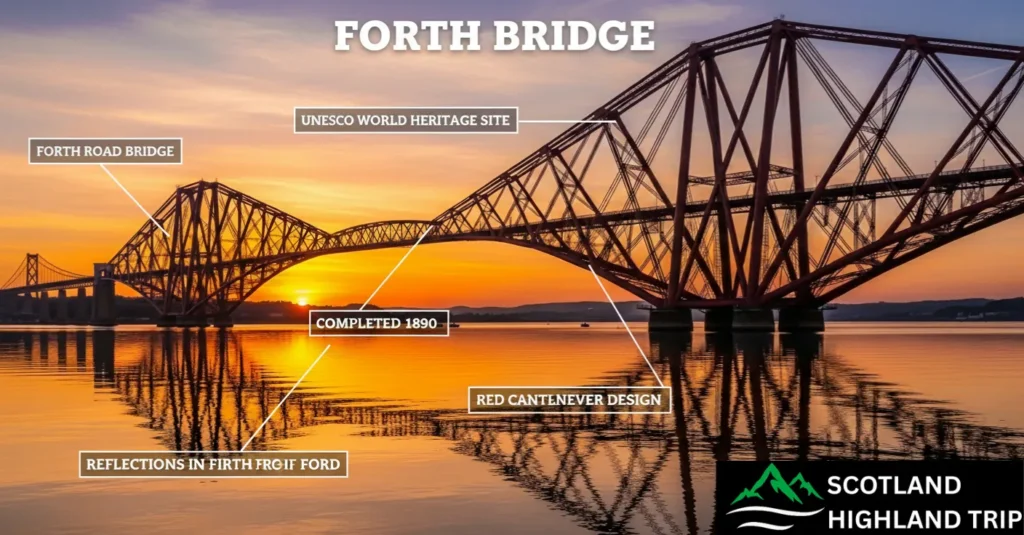
Crossing the Firth of Forth between South and North Queensferry, the Forth Bridge is a UNESCO World Heritage Site and a marvel of Victorian engineering. Construction began in 1882 and the bridge opened on 4 March 1890. With a length of 2,467 m, it held the world record for the longest single cantilever span when built. At the height of construction, around 4,600 workers were employed and 57 deaths (later updated to 73) occurred. Today, trains still rumble across its distinctive red steel cantilevers, and you can walk across the adjacent Forth Road Bridge for sweeping views.
Top 7 Scotland’s Natural Wonders You Must See
5. Loch Lomond & The Trossachs National Park
Just north of Glasgow, Loch Lomond offers gentle loch‑side walks and island‑hopping adventures. The loch is 36.4 km long and up to 8 km wide, with a surface area of 71 km². It’s the largest lake in Great Britain by surface area ,only some Irish loughs are larger and it reaches depths of 190 m, with a total volume of 2.6 km³, making it second only to Loch Ness by volume. The loch contains many islands, including Inchmurrin, the largest freshwater island in the British Isles.
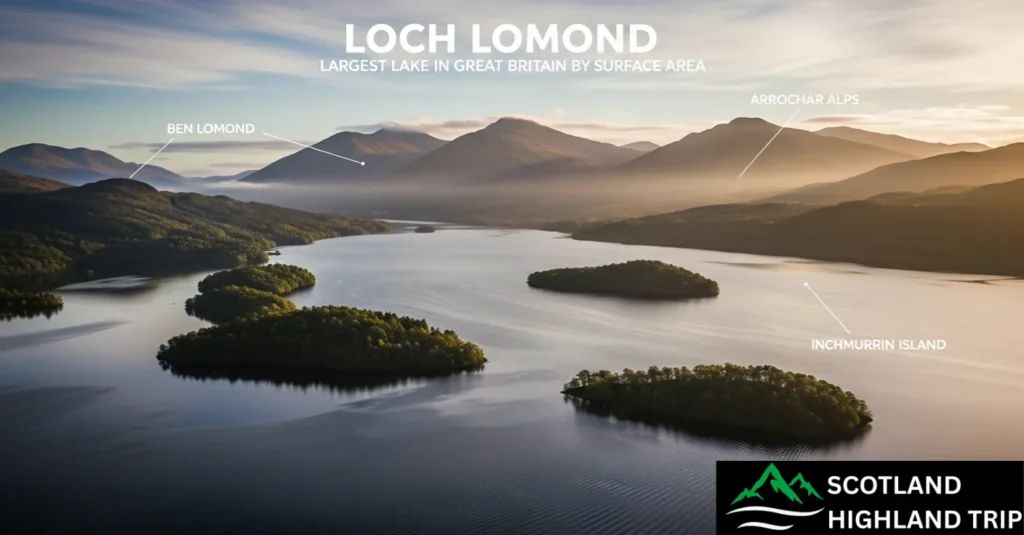
Take a boat cruise from Balloch, cycle along the West Loch Lomond Cycle Path or hike up Conic Hill for panoramic views of the islands. In the wider Trossachs National Park, scenic glens, quaint villages (like Aberfoyle and Callander) and forested hills offer endless exploration.
6. Loch Ness: Myths, Castles and Highland Scenery
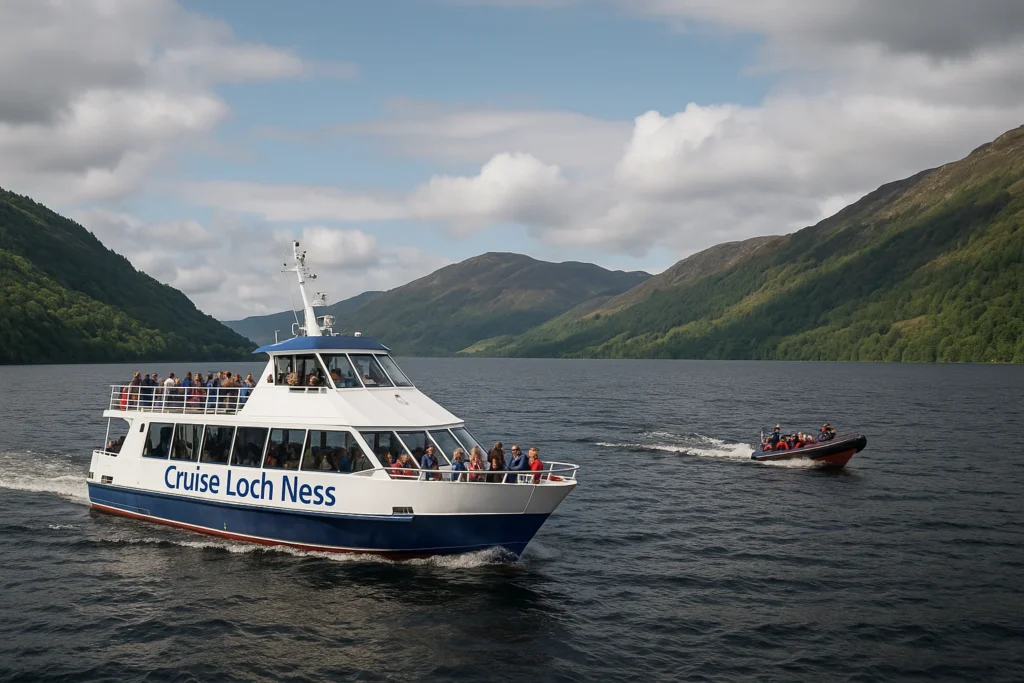
Mention Scotland and many people think of Loch Ness. This long, deep freshwater loch stretches about 37 km and is the second‑largest Scottish loch by surface area (56 km²); however, due to its depth, plunging 230 m, it holds more water than all the lakes in England and Wales combined. Part of the Caledonian Canal, Loch Ness sits about 16 m above sea level and has dark, peaty waters.
Stop by the Loch Ness Centre in Drumnadrochit to learn about Nessie sightings, then explore Urquhart Castle. The castle’s Grant Tower, originally built on 14th‑century foundations and rebuilt in the 16th century, measures roughly 12 m by 11 m with walls up to 3 m thick. Its ruins offer fantastic photo opportunities with the loch as a backdrop. Don’t forget to take a boat trip, not only is it the best way to appreciate the loch’s scale, but you might just spot the elusive monster!
7. Glencoe: Scotland’s Most Dramatic Glen
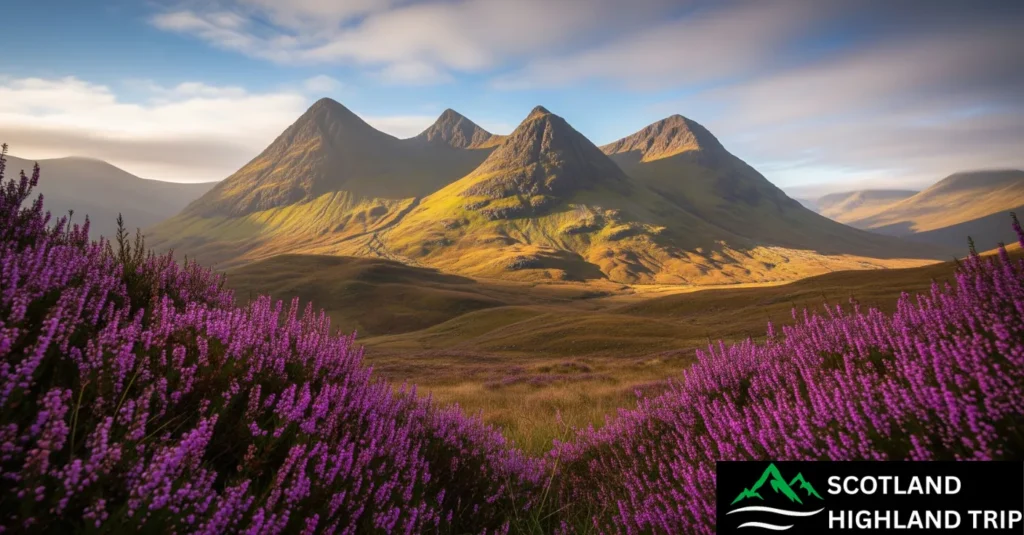
Glencoe is Scotland’s most famous glen for a reason: its steep mountains and dramatic ridges were carved by glaciers and shaped by volcanic eruptions. Walkers can tackle the Aonach Eagach ridge or simply soak in the scenery from the roadside. Glencoe was also the site of the infamous 1692 massacre, adding historical gravitas to its natural beauty. In winter, the nearby ski centre offers snow sports with views over the moor.
8. Ben Nevis: How to Climb Britain’s Highest Mountain
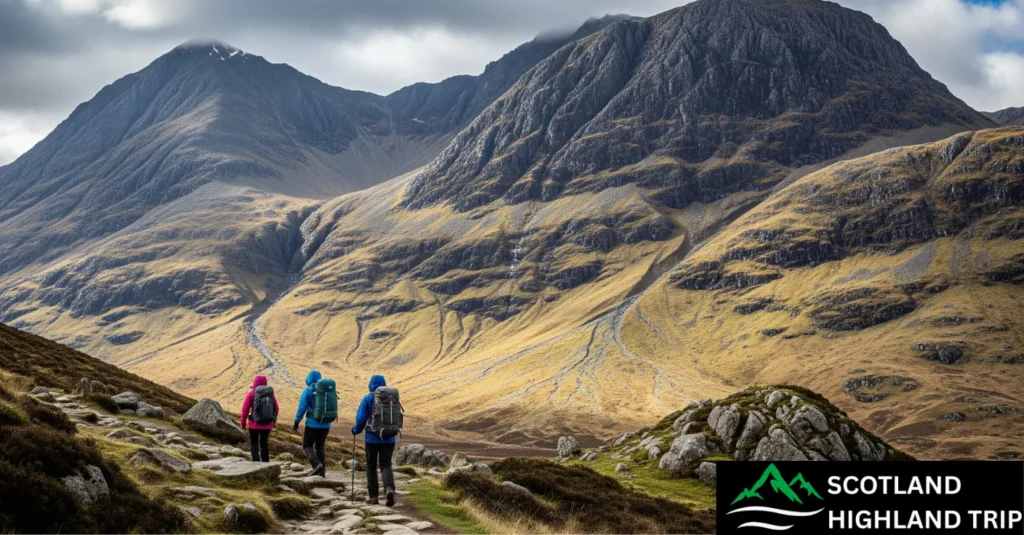
For hikers, summiting Ben Nevis is a bucket‑list challenge. At 1,345 m high, it’s the tallest mountain in Scotland, the United Kingdom and the entire British Isles. Located near Fort William, it attracts around 150,000 visitors per year. Most hikers tackle the mountain via the Mountain Track from Glen Nevis, while experienced mountaineers test their skills on the north face, where 700‑m cliffs offer classic rock and ice climbs. The summit, a stony plateau often lies above the clouds and is covered in snow late into spring.
9. Cairngorms National Park: Wildlife and Outdoor Adventures
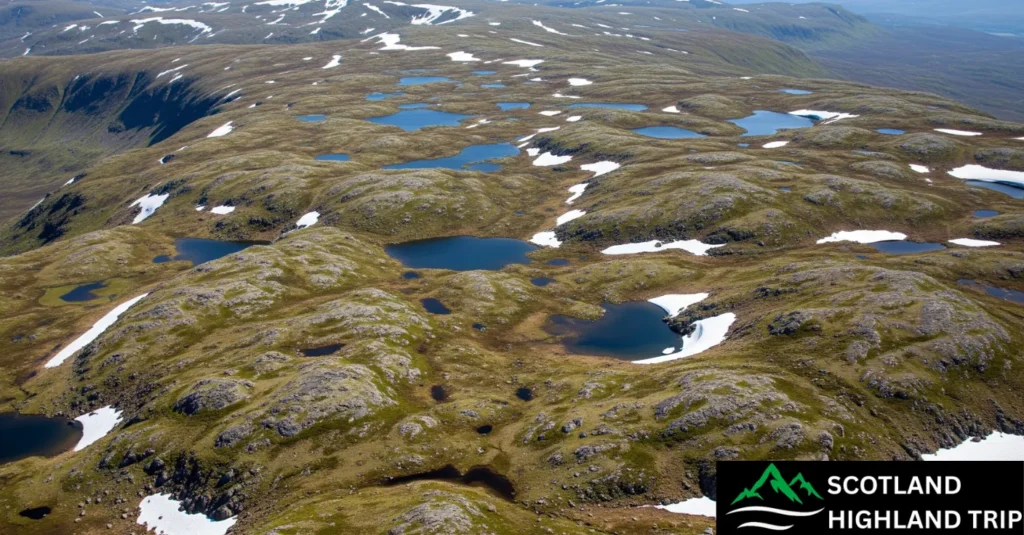
Covering 4,528 km², the Cairngorms National Park is the largest national park in the UK. It encompasses mountains, forests, rivers and moorland across parts of Aberdeenshire, Moray, Highland, Angus and Perth & Kinross. Roughly 18,000 people live within its boundaries, with communities such as Aviemore, Braemar and Grantown‑on‑Spey. Tourism makes up about 80 % of the local economy.
Outdoor enthusiasts flock here year‑round: ski in winter, hike to the high plateaux in summer or paddle down the River Spey. Wildlife lovers can spot capercaillie, ptarmigan, red squirrels and golden eagles. Base yourself in Aviemore for easy access to the funicular railway on Cairngorm Mountain, or visit the remote village of Braemar for the annual Highland Games.
10. The Kelpies and Falkirk Wheel: Modern Icons of Scotland
Just outside Falkirk you’ll find two modern Scottish icons. The Kelpies are twin 30‑metre‑high steel horse heads that form the centrepiece of The Helix park. Designed by artist Andy Scott, they represent mythical water horses and pay tribute to Scotland’s heavy horse heritage; the sculptures were completed in 2013 and opened to the public in 2014.
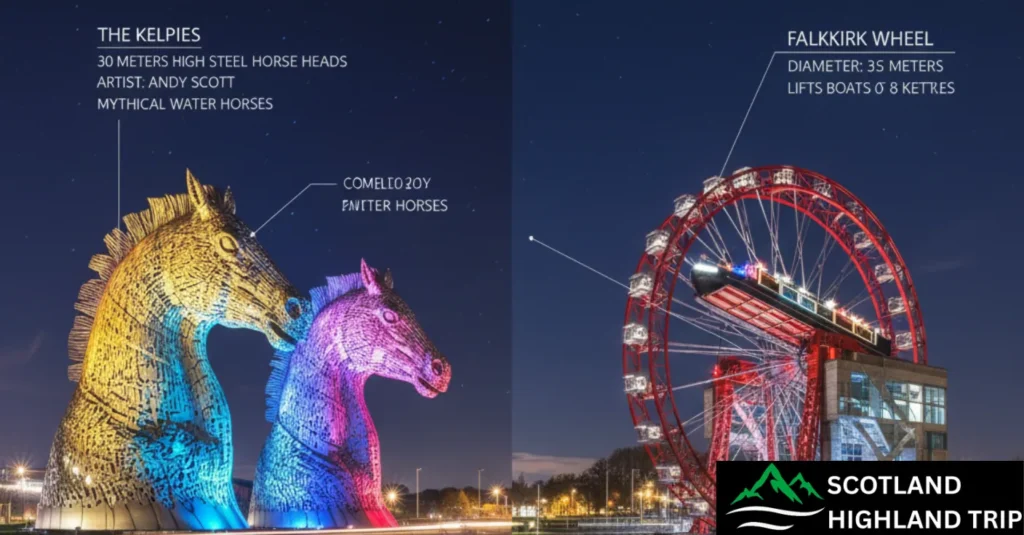
A short drive away, the Falkirk Wheel is the world’s only rotating boat lift. With a diameter of 35 m, its two gondolas carry boats between the Forth & Clyde Canal and the Union Canal, raising vessels 24 m with the energy equivalent to boiling just eight kettles. Combine a visit to both sites for a day of art, engineering and fun boat rides.
11. Glenfinnan Viaduct: Ride the Real Hogwarts Express
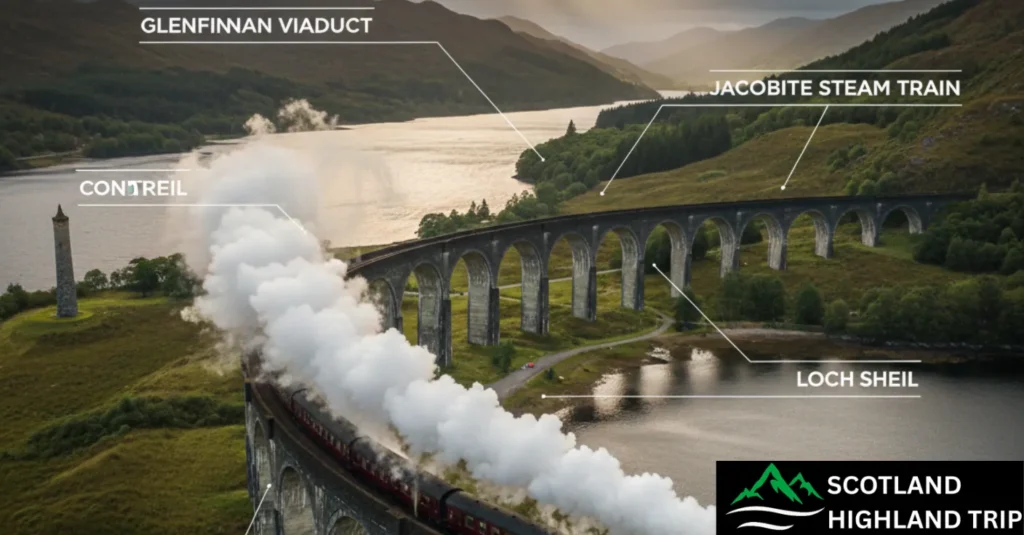
Fans of the Harry Potter films will recognise the Glenfinnan Viaduct, part of the West Highland Line. This curving concrete viaduct is 381 m long, 30 m high and has 21 spans. Built between 1897 and 1898 and opened in 1901, it overlooks Loch Shiel and the Glenfinnan Monument. Twice a day from April to October, the vintage Jacobite steam train puffs across, re‑enacting the Hogwarts Express. Hike up the hillside for the classic postcard view, then visit the monument to learn about Bonnie Prince Charlie’s 1745 uprising.
Top 5 Islands in Scotland Worth Visiting
12. Isle of Skye: Fairy Pools, Cliffs and Storybook Views
The Isle of Skye packs a lifetime of scenery into one island. Explore the Trotternish peninsula, where the Old Man of Storr rises 719 m above the sea. The area in front of the Storr’s cliffs is known as the Sanctuary, home to weirdly shaped rock pinnacles remnants of ancient landslips. Follow the well‑made path past the Sanctuary to view the towering spire from below or climb higher for panoramic views.
Further north, walk the Quiraing loop, carved by the same landslip, then head west to Neist Point Lighthouse for spectacular sunsets. South Skye offers the Fairy Pools, crystal‑clear waterfalls against the backdrop of the Cuillin Ridge, and the Talisker Distillery, home to one of Scotland’s smoky single malts.
13. Eilean Donan Castle: Scotland’s Most Photographed Landmark
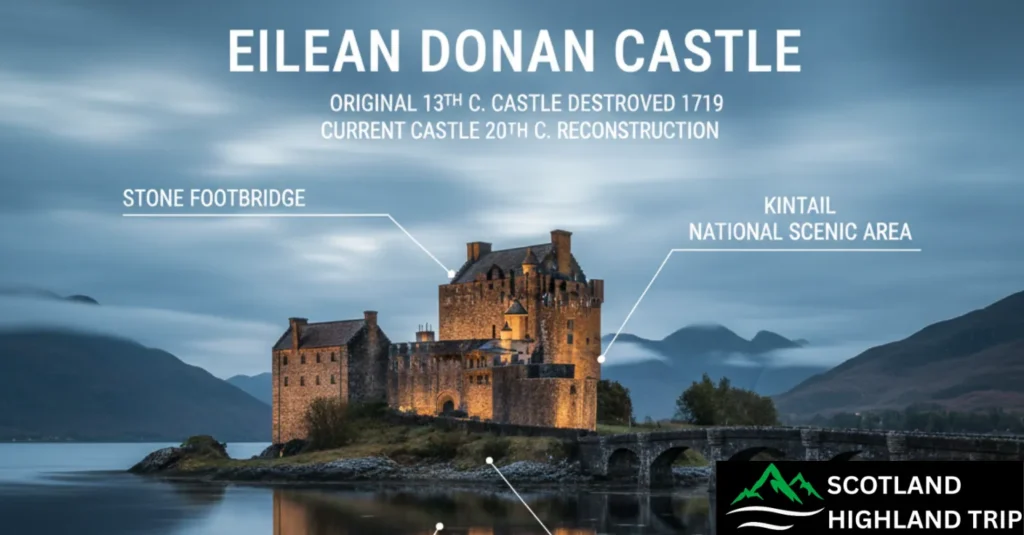
At the meeting point of three sea lochs (Loch Duich, Loch Long and Loch Alsh), Eilean Donan is arguably Scotland’s most photographed castle. The island is connected to the mainland by a footbridge installed in the early 20th century. The original castle, built in the 13th century, became a stronghold of the Clan Mackenzie but was destroyed by government forces during the 1719 Jacobite uprising; the current structure is a 20th‑century reconstruction. Eilean Donan lies within the Kintail National Scenic Area.
14. Outer Hebrides: White Beaches and Ancient Standing Stones
Remote and windswept, the Outer Hebrides hide some of Scotland’s finest beaches and prehistoric sites. On the Isle of Lewis, visit the Calanais (Callanish) Stones, a cruciform arrangement of standing stones erected around 2750 BC. The central circle and radiating rows are thought to have been a focus for ritual activity during the Bronze Age A short drive away, the Gearrannan Blackhouse Village shows how islanders lived in turf‑roofed houses until the 1970s.
Head south to Luskentyre Beach on Harris for shimmering white sands and turquoise water reminiscent of the Caribbean. Hikers can tackle Clisham, the highest peak in the Outer Hebrides at 799 m, or explore Harris’s craft villages where Harris Tweed is woven.
15. Orkney: Stone Circles and Prehistoric Villages

Just off the north coast of mainland Scotland, the Orkney Islands harbour some of Europe’s best‑preserved prehistoric monuments. The Ring of Brodgar, a Neolithic stone circle measuring 104 m in diameter and dating to around 2250 BC, forms part of the Heart of Neolithic Orkney UNESCO World Heritage Site. Nearby you’ll find the Standing Stones of Stenness, Maeshowe tomb and the Stone Age village of Skara Brae. Orcadian culture thrives today in vibrant towns like Stromness and Kirkwall.
16. Isle of Mull and Iona: Colourful Harbours and Sacred Abbeys
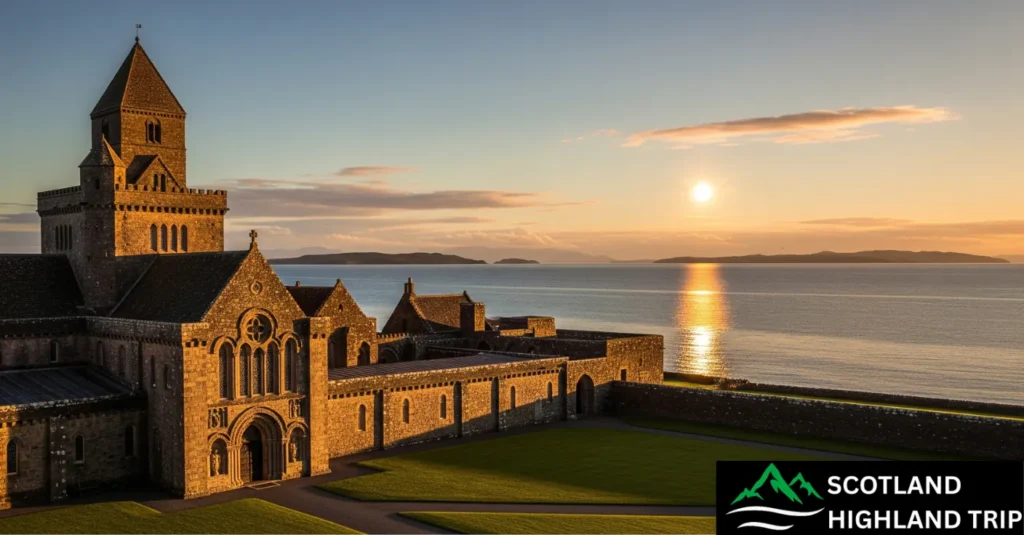
Just off Scotland’s west coast, Mull boasts colourful Tobermory (famous for its pastel harbourfront) and dramatic coastline. To the south lies Iona, where St Columba founded a monastery in 563 AD, spreading Christianity throughout Scotland. Today, the tranquil island invites reflection with its abbey ruins, white‑sand beaches and resident Highland cows. Wildlife enthusiasts can take boat trips to spot minke whales, puffins and sea eagles around Staffa and the Treshnish Isles.
Top 4 Hidden Corners of Scotland Most Tourists Miss
17. North Coast 500
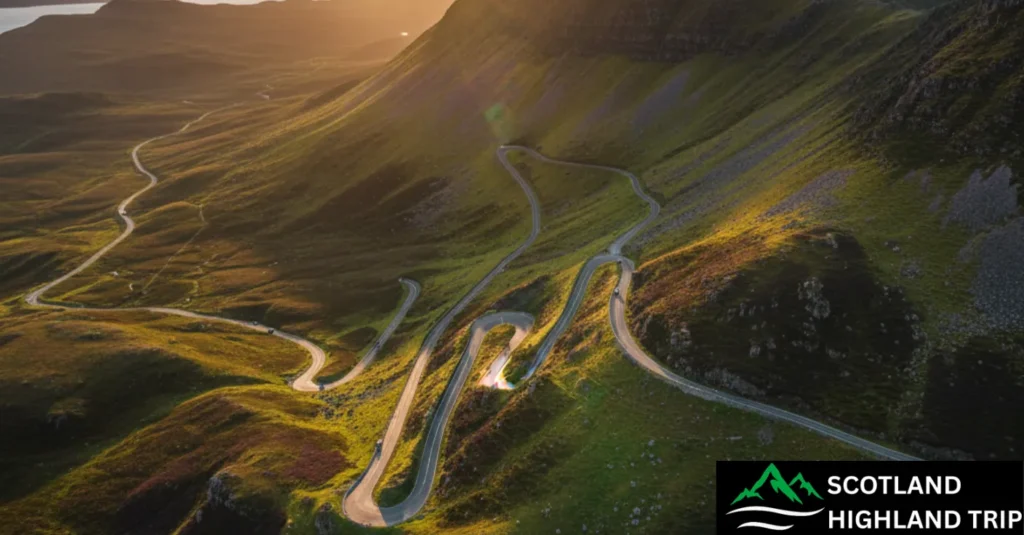
Starting and ending in Inverness, the North Coast 500 is a 516‑mile loop around Scotland’s northern coastline. Drive through rugged landscapes, stop at secluded beaches like Sandwood Bay and admire castles perched on cliffs. Highlights include Suilven, Duncansby Head’s sea stacks and the white‑washed village of Ullapool. Give yourself at least five to seven days to fully appreciate the route.
18. Speyside Whisky Trail
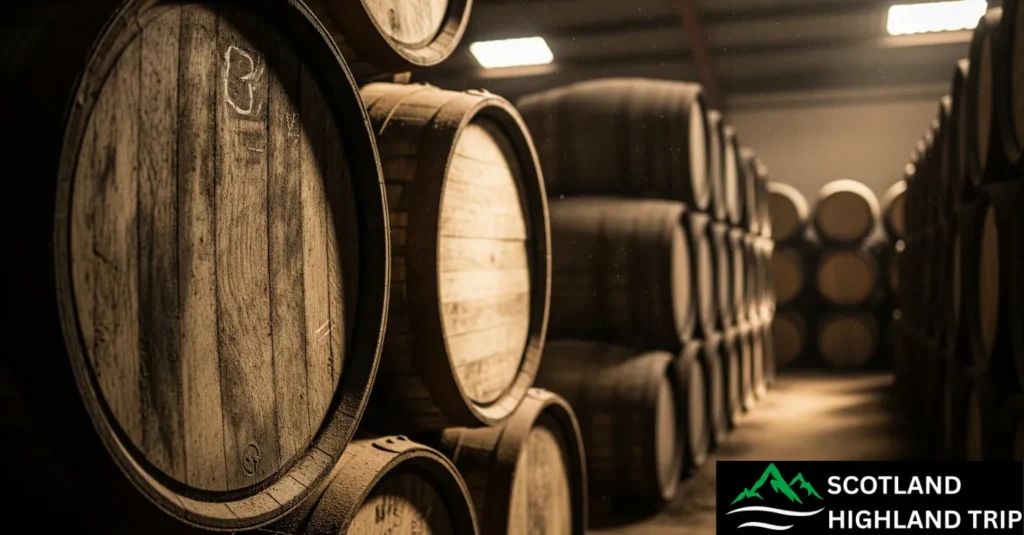
If you’re a whisky lover, head to Speyside. This region between the Cairngorms and the Moray coast is home to more than half of Scotland’s distilleries, including famous names like Glenfiddich, Macallan and Aberlour. Tour a working distillery to learn about malting, mashing and ageing; then savour a dram overlooking the River Spey. The nearby Speyside Way walking trail links many distilleries and picturesque villages.
19. The Fairy Glen of Uig
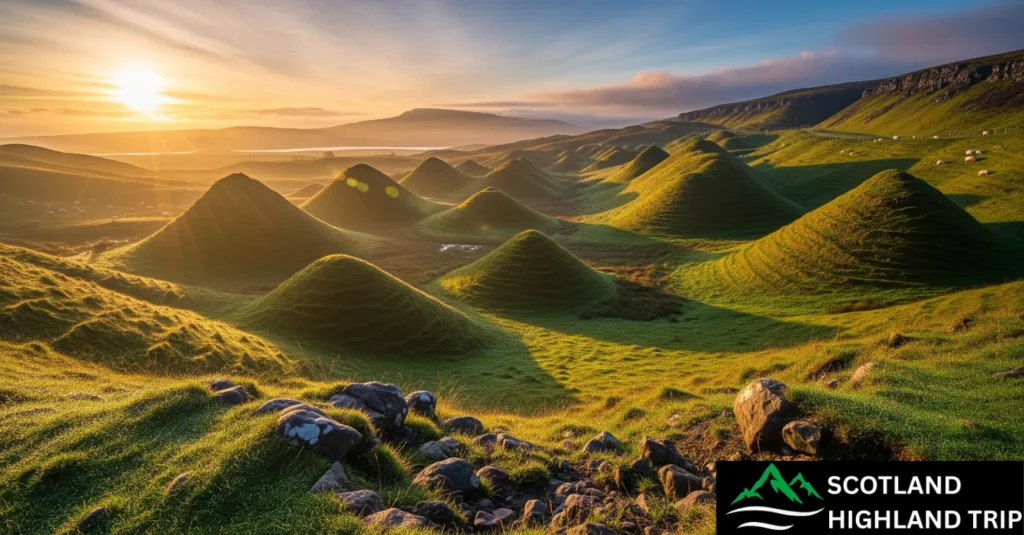
On Skye’s Trotternish peninsula, the Fairy Glen near the village of Uig feels like a landscape from a storybook. Small conical hills, grassy terraces and a lochan (small loch) create a magical atmosphere. Locals ask visitors not to build rock spirals or leave offerings, preserving the natural beauty. Combine this stop with a visit to the nearby Quiraing.
20. Shetland Islands
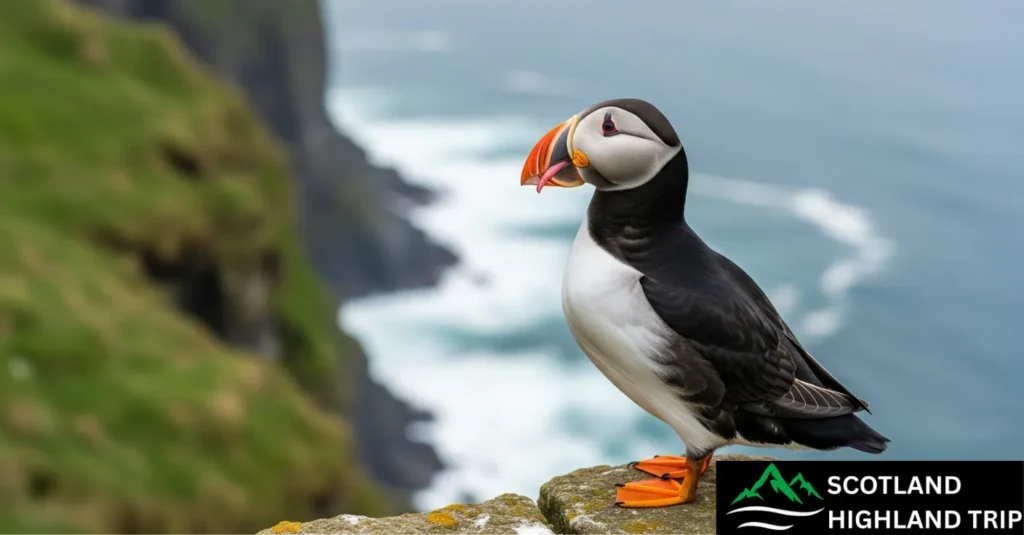
For a truly off‑the‑beaten‑path adventure, set sail for the Shetland Islands. Located closer to Norway than Edinburgh, Shetland blends Scottish and Scandinavian influences. Visit Jarlshof, an archaeological site with layers of Norse and Bronze Age settlements; explore Lerwick’s quirky lanes; and take a boat to Noss or Sumburgh Head to see puffins nesting on sea cliffs. In winter, don’t miss Up Helly Aa, a Viking‑style fire festival.
Hidden Local Experiences of Scotland

Some of Scotland’s most rewarding moments aren’t on the main tourist trail. Spend an evening under the Milky Way in Galloway’s Dark Sky Park, join a ceilidh in a village hall, or visit a croft in the Hebrides to see Harris Tweed woven by hand. On hot summer days, locals plunge into lochs for wild swims, it is bracing but unforgettable. Little touches like these bring you closer to Scotland’s everyday life.
Practical Travel Tips for Visiting Scotland
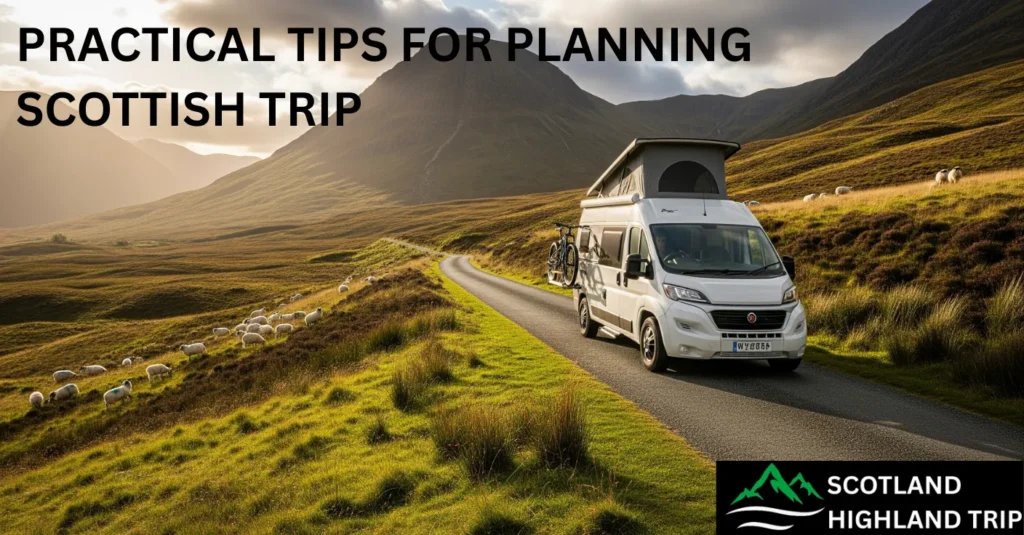
- When to go: Summer (June–August) offers long daylight hours and vibrant greenery, but expect crowds at popular sites. Shoulder seasons (April–May, September–October) provide fewer tourists and beautiful colours. Winter is quieter; some attractions have shorter hours but you’ll have snowy landscapes and the chance to spot the Northern Lights.
- Getting around: Scotland’s cities are well connected by train and bus. For remote areas like Skye or the North Coast 500, renting a car offers flexibility, just be prepared for single‑track roads. We also offer guided small‑group tours from Inverness, Edinburgh and Glasgow so you can relax and enjoy the scenery.
- Cultural respect: Many of Scotland’s wild places are fragile. Follow the Scottish Outdoor Access Code: leave no trace, keep dogs on leads near livestock and respect local communities.
Best Time to Visit Scotland (Seasonal Highlights)
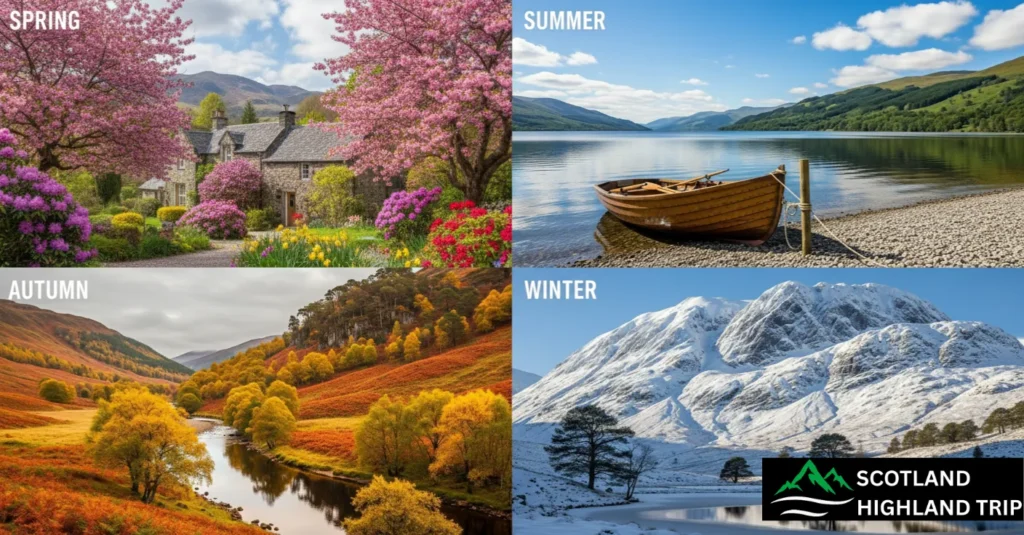
Scotland changes dramatically with the seasons, and when you visit shapes what you’ll experience:
- Spring (April–May): Longer days, wildflowers in bloom, and lambs in the fields.
- Summer (June–August): Festivals, midnight sunsets in the far north, and green glens.
- Autumn (September–October): Golden hillsides, fewer crowds, and red deer rutting season.
- Winter (November–March): Snow-covered peaks, Christmas markets, and a chance of Northern Lights.
There’s no “bad” time to come it’s about whether you want colour, energy, quiet or snow.
Transportation Tips & Driving in Scotland
Getting around is part of the adventure. Scenic trains link the main cities, with routes like the West Highland Line or Inverness to Kyle of Lochalsh offering some of the best railway views in Europe. Buses serve most towns, though schedules thin out in rural areas. For real freedom, rent a car, just be prepared for left-side driving, narrow single-track roads, and long gaps between petrol stations. Ferries to Skye, Mull, Orkney and the Hebrides aren’t just transport; they’re experiences in themselves.
Scotland Trip Itineraries (5, 7 and 10 Days)
If you’re wondering how to put it all together, here are a few sample trips:
- 5 Days: Classic Highlights: Edinburgh → Stirling → Loch Lomond → Glencoe → Loch Ness & Inverness.
- 7 Days: Castles & Islands: Add two days on the Isle of Skye for the Fairy Pools, Old Man of Storr and Talisker Distillery.
- 10 Days: Wild Scotland: Extend with the North Coast 500. Ullapool, Duncansby Head and Sandwood Bay.
These routes balance cities, lochs, mountains and islands without rushing.
Frequently Asked Questions (FAQs)
Which day trips from Edinburgh are suitable for children?
Family‑friendly day trips include the Falkirk Wheel, where kids can ride on a rotating boat lift; Loch Lomond for boat cruises and easy walks; Highland Wildlife Park near Aviemore to see polar bears and tigers; and Glasgow’s museums, many of which have interactive exhibits. Our Family Highlands Day Tour combines some of these attractions in a single itinerary.
How far are Scotland’s top destinations from Edinburgh or Glasgow?
Most sites on this list can be reached within two hours by car or train. Edinburgh to Stirling takes about 50 minutes by train; Glasgow to Loch Lomond about 45 minutes. Loch Ness, Glenfinnan and the Isle of Skye require longer journeys (2–4 hours each way), so we recommend overnight trips or multi‑day tours.
What is the best time to see the Northern Lights in Scotland?
The Northern Lights (Aurora Borealis) are most likely to appear during clear, dark nights between October and March. Head to remote locations with little light pollution, such as the Outer Hebrides, Orkney, Shetland or the northern coast of the mainland. Sign up for our Aurora & Stargazing Tour for expert guidance and warm drinks while you watch the skies.
Do I need to hire a car to see the best of Scotland?
Not necessarily. Many destinations (Edinburgh, Stirling, Falkirk, Loch Lomond, Stirling, Glasgow) are accessible by train or bus. Our guided tours include comfortable transport, so you can relax and enjoy the scenery without worrying about narrow roads or parking.
Ready to Explore Scotland?
Our small‑group tours depart from Inverness, Edinburgh and Glasgow and cover many of the places mentioned above. Whether you’re dreaming of ancient castles, epic road trips, island escapes or whisky‑tasting adventures, we can help you build the perfect itinerary. We’re passionate about Scotland and can’t wait to share its magic with you.
Contact us today to start planning your unforgettable Scottish adventure.

Emma is a solo traveler and freelance travel writer from New Zealand who spent three weeks exploring the Scottish Highlands. With a deep appreciation for history and landscapes, she booked a series of day tours and a private chauffeur journey with Scotland Highland Trip. From Loch Ness to the Cairngorms, she documented her experience through vivid blog posts and drone footage.

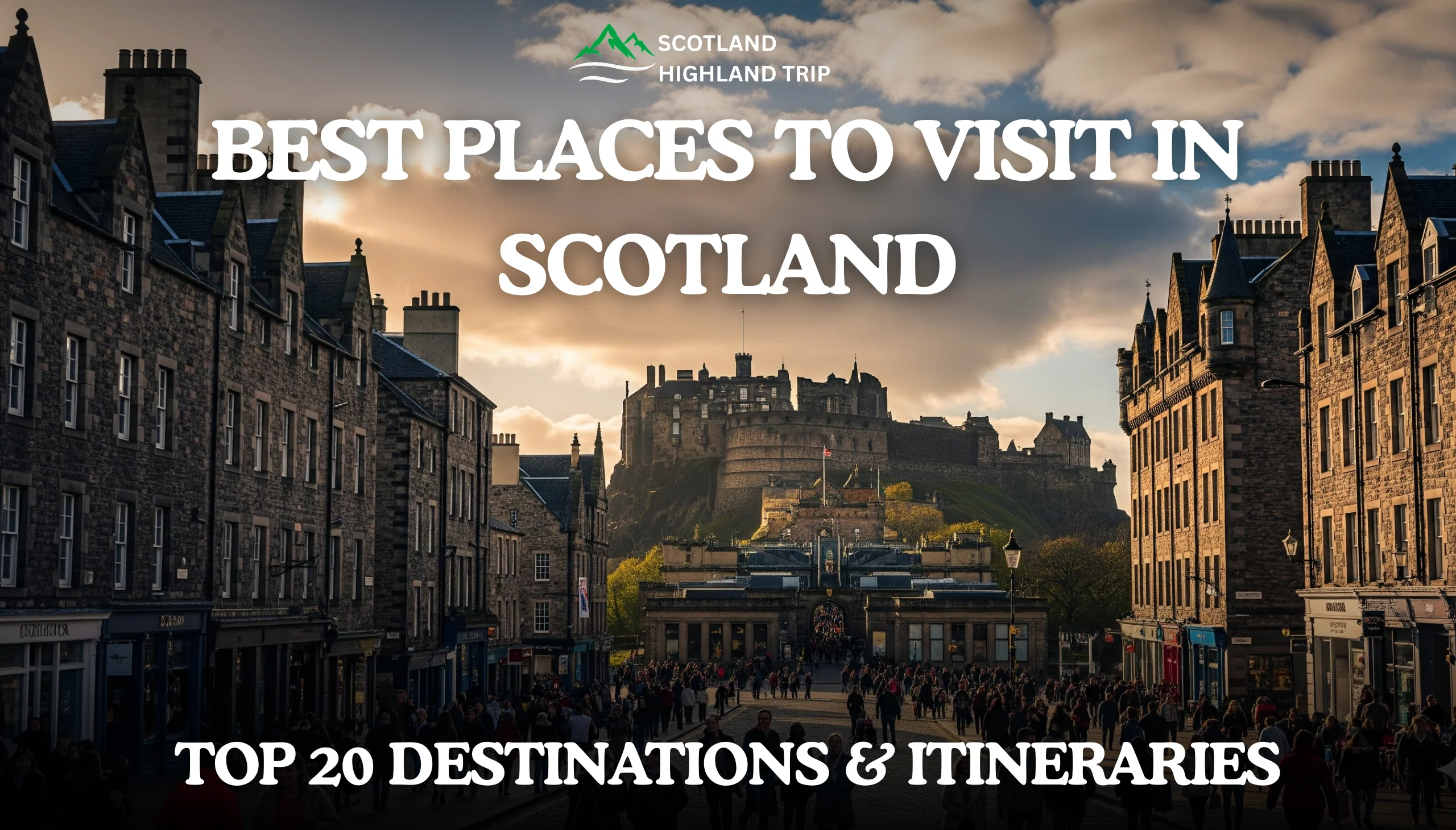
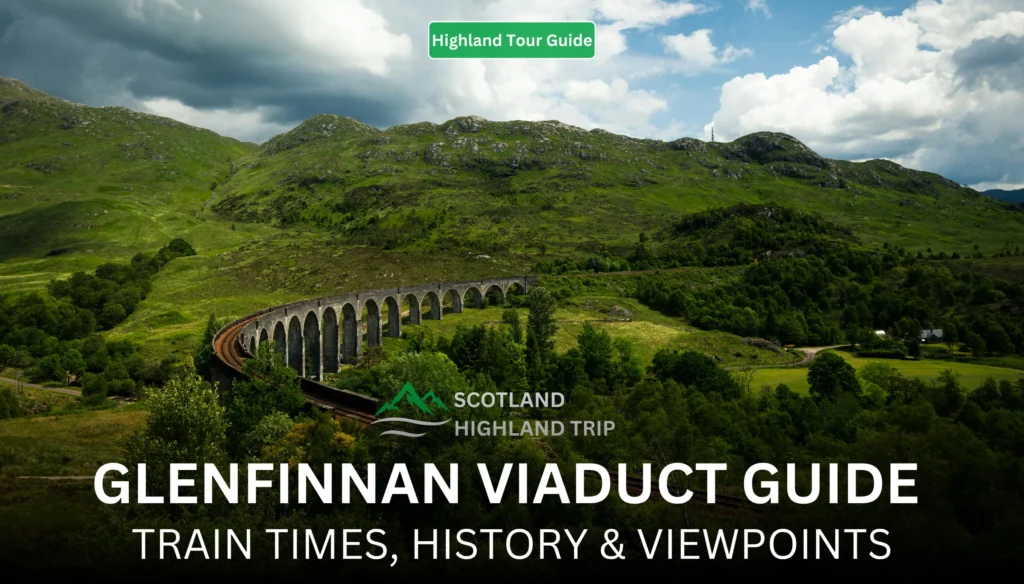
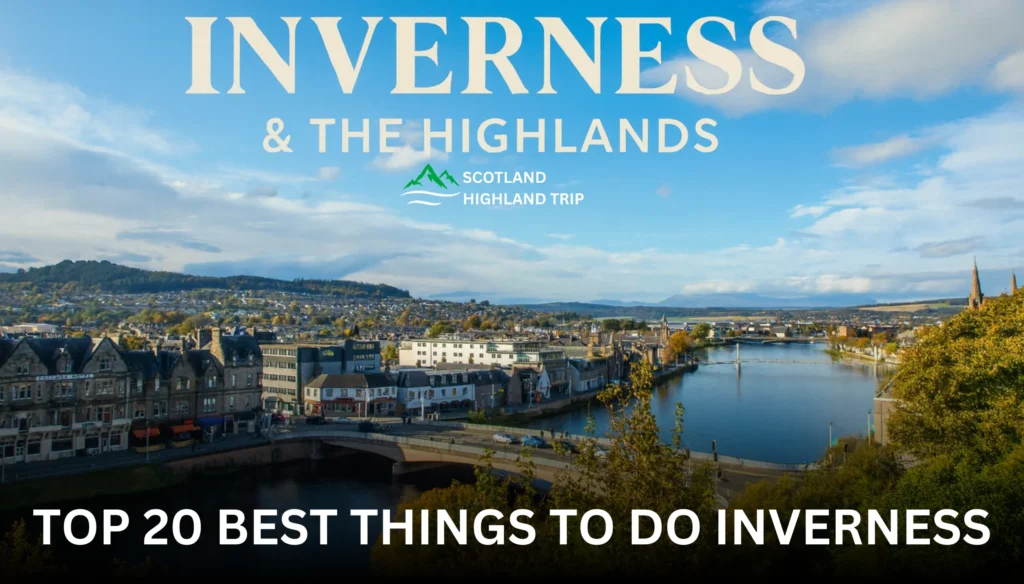
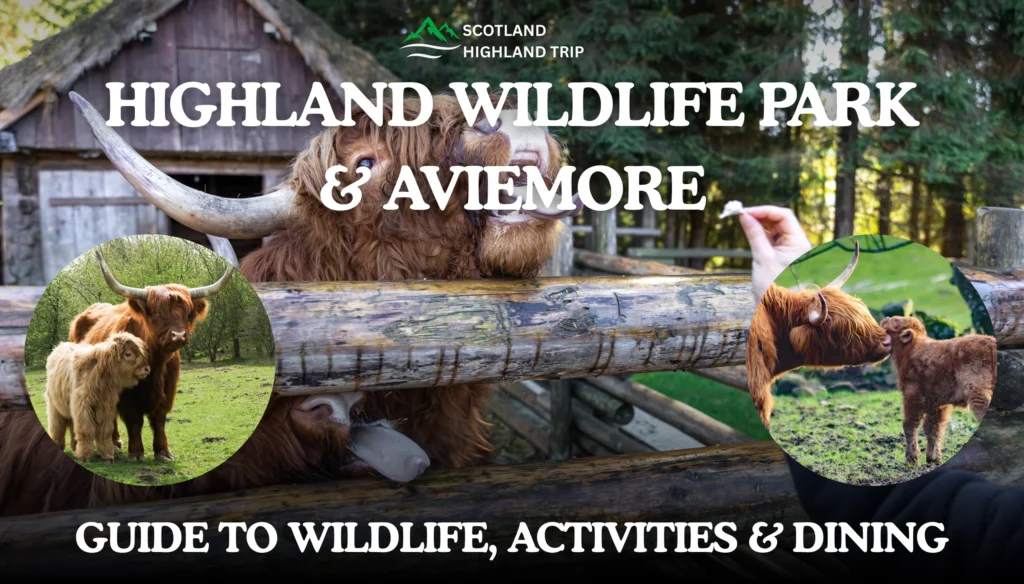
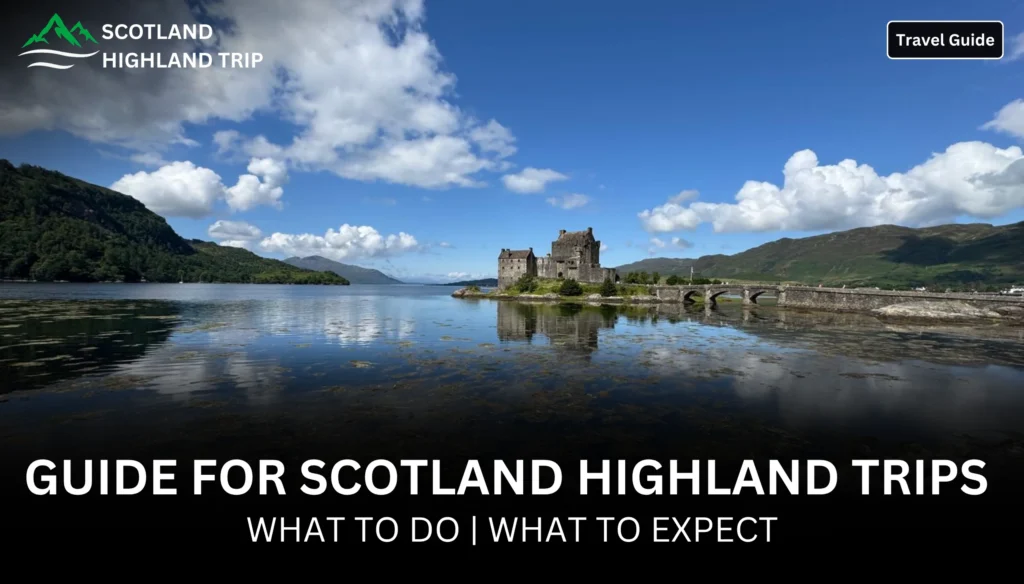

2 Comments
[…] Glenfinnan Viaduct is one of Scotland’s most photographed landmarks. Whether you know it from the Harry Potter films, postcard views of trains curving through lush […]
[…] of Scotland’s best attractions sit within easy reach of the capital. Spring and summer offer longer daylight hours and milder […]